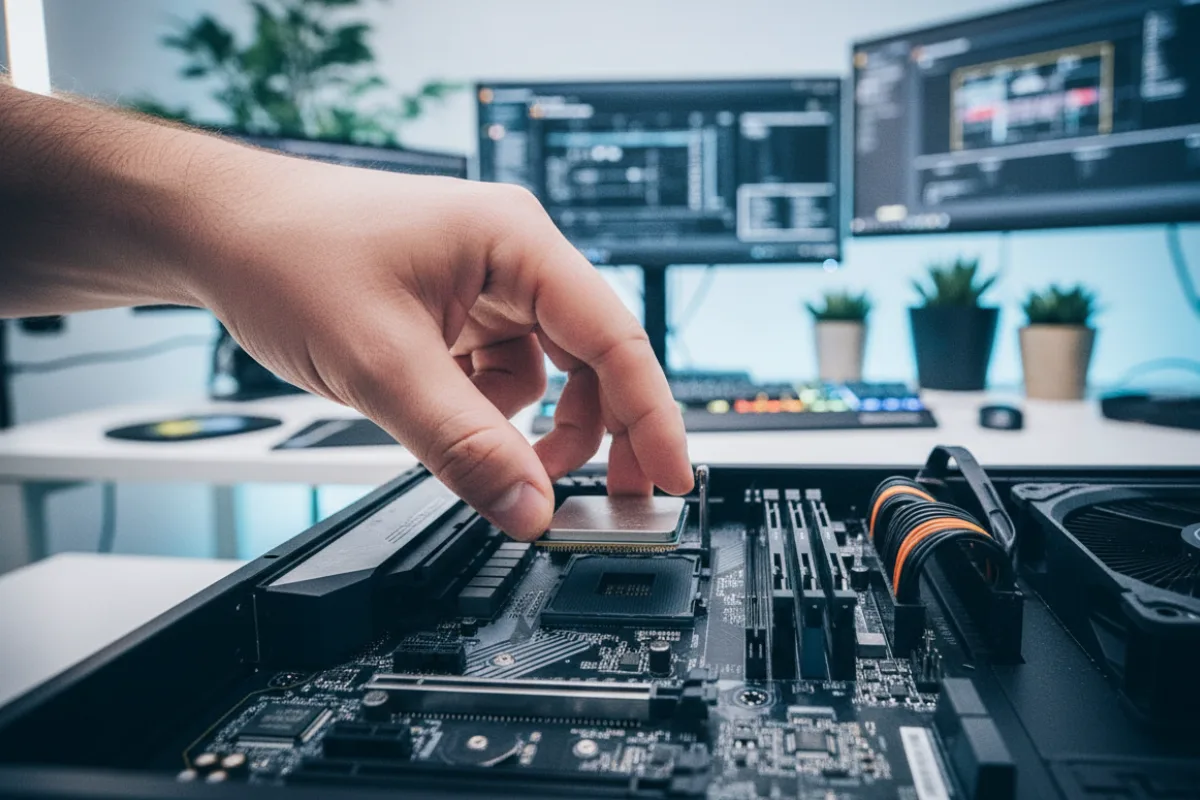Introduction
Semiconductor suppliers and memory makers are reporting renewed demand tied to large AI infrastructure projects. Industry updates show companies such as Micron and SK Hynix raising forecasts and preparing capacity as cloud providers and AI firms lock long-term orders for high-bandwidth memory and DRAM.
Micron recently raised its sales outlook citing stronger AI-driven memory orders, while SK Hynix told investors it expects AI memory markets to grow sharply over the next several years. These signals reflect a broader industry cycle where hyperscalers and AI leaders pre-book wafer and module capacity to avoid supply constraints.
[related url=”https://tekznology.com/openai-posts-strong-h1-revenue-4-3b-as-commercial/”]
Supply-chain effects and bottlenecks

Large, sustained orders for HBM and DRAM can strain foundry, assembly and testing capacity and push suppliers to prioritise high-margin AI customers. That can tighten supply for other markets (consumer electronics, autos) and accelerate investments in additional fab lines, wafer starts and advanced packaging. Analysts warn that lead times for capacity can be long, meaning shortages could persist even as suppliers expand.
[related url=”https://tekznology.com/google-unveils-gemini-powered-nest-cameras/”]
Prices, investment and geopolitics
Stronger demand tends to lift memory prices and margins, allowing vendors to fund capex. But the concentration of supply in a few nations and firms raises geopolitical sensitivities; governments are reacting with incentives and export rules to keep critical components accessible to domestic industry. Market watchers also note that supplier diversification (including new fabs in multiple regions) will be an ongoing priority.
[related url=”https://tekznology.com/microsoft-signals-push-toward-home-grown-ai-chips/”]
What industry players should monitor

- Order confirmations: Which hyperscalers sign multi-year supply contracts and at what volumes?
- Capex announcements: New fab spending, packaging investments and workforce plans will signal whether suppliers can meet demand sustainably.
- Price trends: Memory pricing will indicate whether demand is demand-pull or headline-driven momentum.
[related url=”https://tekznology.com/markets-react-samsung-and-sk-hynix-shares-surge/”]
Author note: I used Reuters coverage of Micron and SK Hynix and industry analysts to explain how AI projects are lifting memory demand and shaping investment plans. This summary focuses on supply, price and policy implications.

